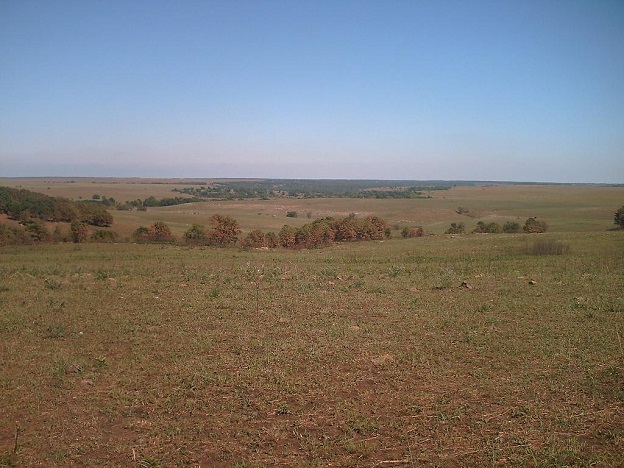Tallgrass Prairies National Preserve, in central Kansas, is located in the central United States. Established on November 12, 1996, Tallgrass Prairies NP represents a new sort of NPS destination. Much of its land is own by The Nature Conversancy, who shares its joint management with the minority owner, the NPS.
Considered tame in comparison to some of the nation’s other protected lands, Tallgrass Prairie NP is a testament to the way America looked when Native Americans still populated its land. Of the 400,000 square miles of tallgrass prairie that once spanned across the continent, less than 16,000 square miles remain.
The Tallgrass Prairie NP is free to enter, much to the delight of its 20,000 annual visitors. With few dangers and serene landscapes, this is a good, no-thrills destination for families. Adventure-seekers need not apply.
Notable Feature
Like many protected places, the preserve is named for its most notable feature. The prairies are comprised of a wide variety of plants. In all, there are more than 500 species within the boundaries of the preserve, most of which are wildflowers, including a few with silly names, such as goat’s beard, curlycup gumweed, and wild four o’clock.
The plants of the prairie are notable as much for what they do (and did) as what they are. Enriched with limestone deposits from beneath the soil, the grasses and flowers of the tallgrass prairies are incredibly nutrient. They used to feed countless herds of wild American bison. Now they mostly feed cattle, although one small bison herd was reintroduced to the preserve in 2009.

Activities
Walking – you are unlikely to find many challenges trails within the preserve, making it suitable for families with children or the elderly. Among the most popular trails is the Scenic Overlook Trail. Connecting several others, such as the Davis Trail and the Prairie Fire Loop, the Scenic Overlook Trail passes through Windmill Pasture, where the preserve’s resident bison herd can be found.
Self-guided tour – using printed brochures or your mobile phone, you can take a self-guided tour through the preserve’s Ranch Headquarters. Highlighting a collection of historic buildings unique to America’s largely agricultural past, the tours offer a practical history. Although the tours are interesting, evaluate your company before you go. Impatient teenagers may not see what the big deal is.
Fishing – northeast of Strong City (located at the southern entrance of the preserve) are three catch-and-release fishing ponds available to visiting anglers. For those who prefer their water to move a little bit, Fox Creek is another option. Although the waters are open year-round, in-state or out-of-state fishing permits are required, depending on your residency.
Worthwhile Destination
East Traps, West Traps, Big, and all the other Pastures are very serene, but for my money I’m visiting Windmill Pasture. More than anything else, it’s the bison that are drawing me here. In addition to simply being the biggest animal in the preserve (by a long shot), the bison help to frame the tallgrass prairies in a way that I enjoy.
Hailing from the eastern corridor of the United States, where one big city follows the next, I find it really refreshing to get a glimpse of what made our land special even before Europeans got here. Watching the bison graze is enough to keep me content all day, even in one of the National Park Service’s less exhilarating locations.
Getting There
Tallgrass Prairie National Preserve is located just north of Strong City, KS, where US-50 and K-177 (the Flint Hills National Scenic Byway) intersect.
From every direction, the only way into the preserve is on K-177. The best way is to set your GPS for Strong City, KS. If, coincidentally, you happen to close on the city from the north, you’ll pass through the park first. Otherwise, you’ll come in on US-50 or K-177N. From Strong City, drive north past St. Anthony Cemetery and directly into the preserve.